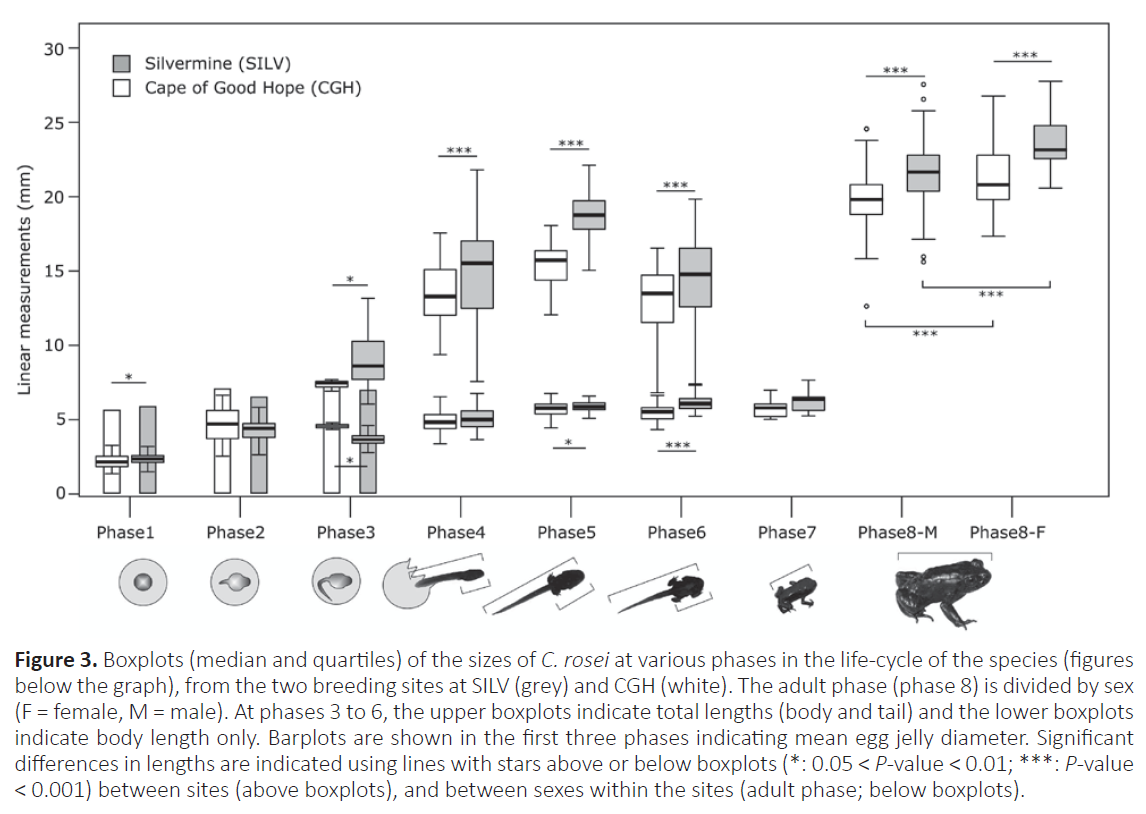Is it worth writing a paper to a formula?
Sometimes it seems that every paper I read is just repeating the same formula over and over again. I even tend to forget that it's there until someone breaks the mould. Breaking the mould produces papers that really stand out, captivating the reader straight away. So why aren’t we writing those manuscripts every time we write a paper? Moreover, why don’t we teach students to write standout papers that will captivate everyone. Should we really be teaching formulaic writing?
Here I argue that not only is writing to a formula good practice, but it’s the best way to learn scientific writing. When you look to see who is writing those knock-out articles (i.e. "broken mould"), the answer is that they are really experienced researchers who have written hundreds of papers, and (unlike some of us) in doing so have learnt the essence of great writing. Such greatness is not innate and comes rarely to any researchers (even those who have written hundreds of papers). That's why I suggest to my students that they follow the formulas that are by now well recorded in many blogs and websites on scientific writing.
There is another reason why writing to a formula is recommended. Not only is it easier, but because it is so common and widespread, it also gives the reader a familiarity which to read your work. This means that editors are able to skim through and find exactly what makes your work worth publishing, and it means that those who are only semi-interested are more likely to cite your work.
So what is the formula?
At this point in the meeting I usually go to my white board and start drawing funnels (as a metaphor) and blocks. However, others have much better diagrams and here I’ve adapted an idea from Brian McGill’s blog, which you can find in full here. But you can also find other useful material here in a paper by Sheela Turbek and colleagues, and here in a paper by Kevin Plaxco. If you are of the Twitter persuasion, you get lots of useful tips and links from @WriteThatPhD and @Write4Research.
The diagram below is supposed show the movement of a liquid medium from one vessel to another. This is to make you think of your readers' understanding moving fluidly from one section to another. The introduction concentrates the ideas into your particular approach, while the discussion allows the reader to understand how your results fit into the larger body of knowledge.

But what goes into the top, and perhaps more importantly, what comes out of the bottom? I'd like for the discussion to end in a greater understanding of the system for the reader. But maybe if we could also inspire the reader to read more, that would be a great result.
Once again, I should stress that this is not the only way of writing a scientific manuscript, but it has two really important qualities which I recommend to my students: i) it makes writing easier, and ii) readers will be familiar with the style and this will help them understand your work.
So now that you've got the idea that writing to a formula is a good idea, what next?
If you are reading this because you have to write a thesis chapter, a grant application or a proposal, I'd suggest that next you go and read 5 other relevant papers in your field and annotate them to see how well they fit into the formula described above. This will give you a practical idea of how the formula is put into practice.
Next, I suggest that you begin to plan out your formula as a bullet-point outline. Start by writing a general sentence for the subject of each paragraph. Then use sub-points to plan each sentence within the paragraph. Lastly, annotate these with citations that you want to use.
Now, it's time to start writing. But before you put finger to keyboard, I'd suggest that you read some more about writing paragraphs. You can find some really good advice on how to write a paragraph here and here.
And if that's left you feeling like you can't even start. Remember that the best way to start writing is to do just that. It's unlikely that your first effort will be the one that you will finally submit. But by starting to write, then going back and polishing, and polishing you will achieve your goal.
When is it good enough to submit to my advisor?
Firstly, I'd prefer to see the bare and then fleshed outline before you start the writing proper. This would mean that we are on the same page and that you will submit something that is planned and thought out. Once you've read and revised the draft text three times yourself, and you feel that you can't really improve it any more, hand it over. If possible, hand it to an office mate or other friend first. Your reader shouldn't have to be an expert in your field, but only a loose grasp on scientific writing is required to follow any paper.
When you get your critique back, remember that if they couldn't understand it, you have to change it. Don't blame the reader! But perhaps we're straying into another area of academe here...




